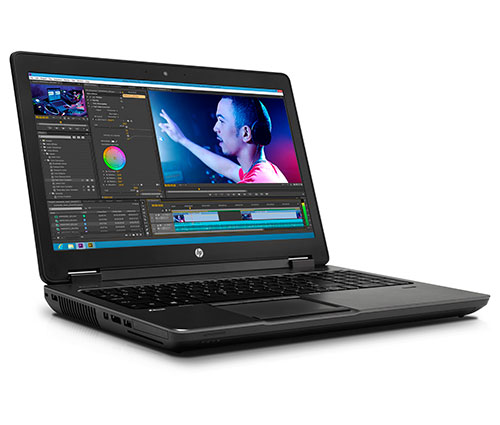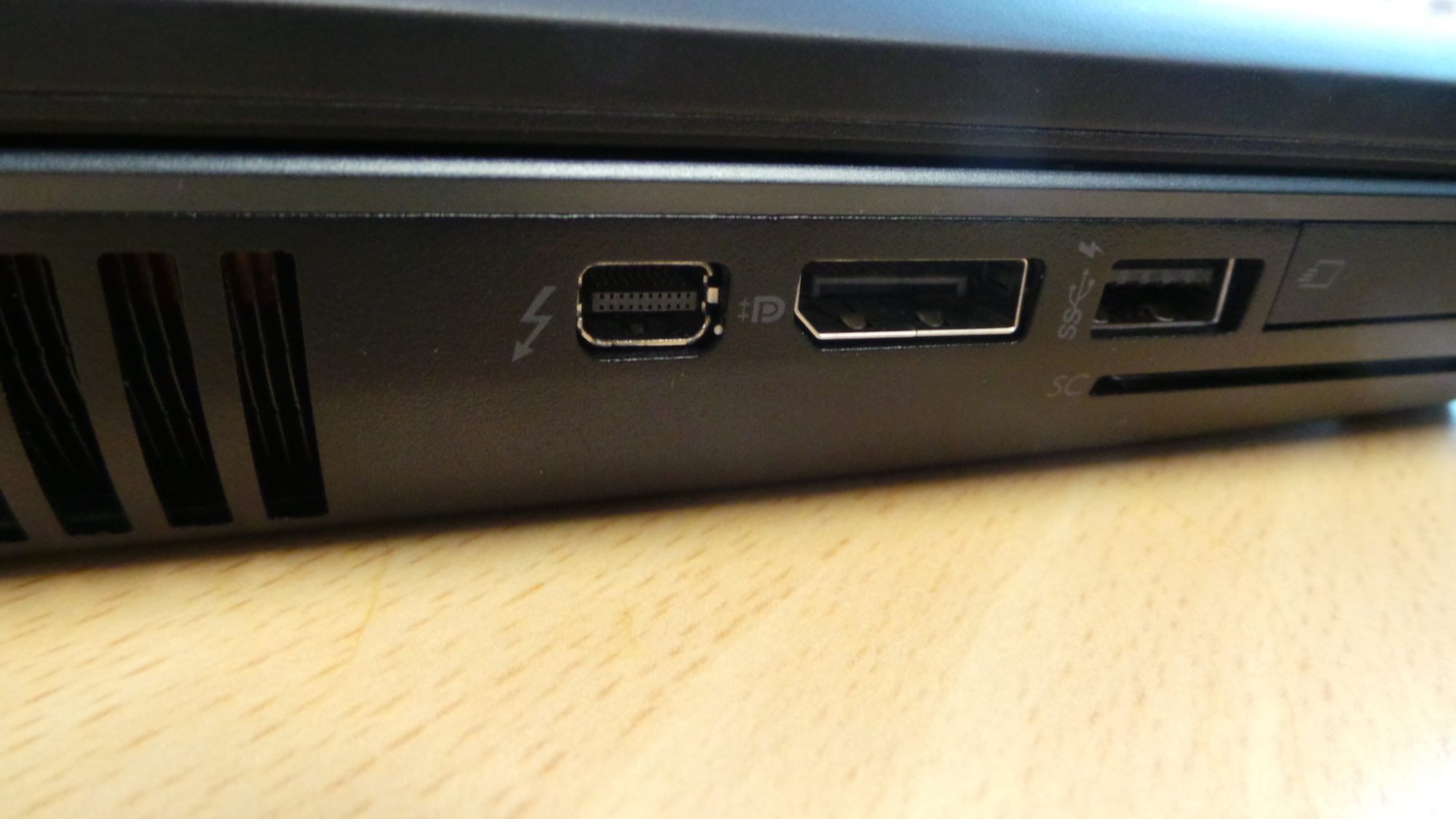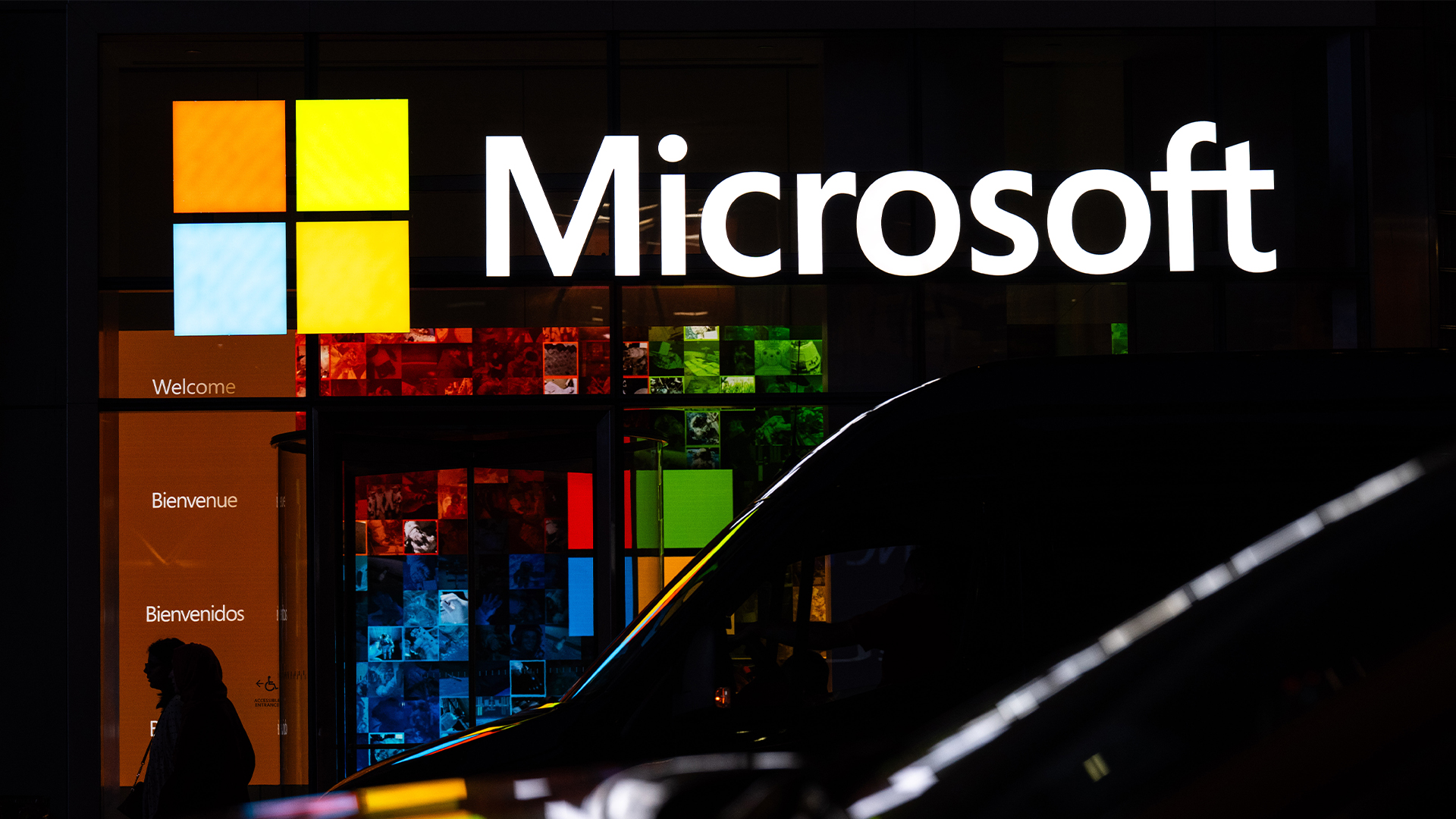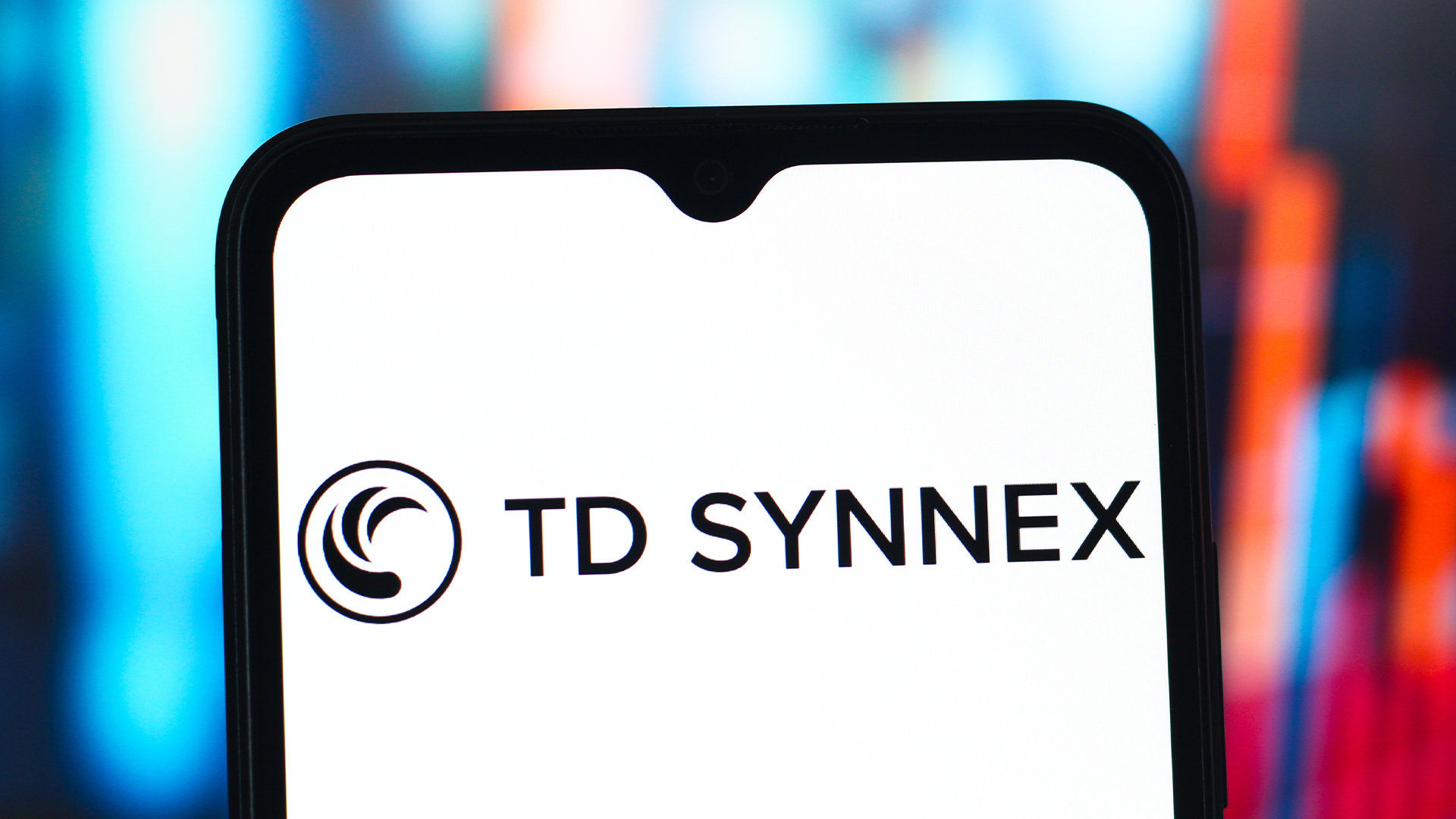HP zBook 15 review
A powerful laptop with a Core i7 processor, up to 32GB of RAM and discrete graphics from Nvidia.

The zBook 15 excels when it comes to performance and has a great screen. But it is bulky and has poor battery life, which makes it hard to recommend it as a portable machine.
-
+
Good performance; Decent screen; Thunderbolt port; Expandable
-
-
Cramped keyboard; Poor battery life; Expensive
HP has started shipping its zBook laptop range, providing professionals with workstation power in a portable form factor - but is there really demand for such a product?
We reviewed the zBook 15. The first thing we noticed about our review unit was its bulk. The 15in panel, along with the Blu-ray drive, discrete graphics, multitude of ports and 8-cell battery push up the weight to 2.83kg and you'll feel every gram when lifting it. HP also offers the device in 14in and 17in sizes.
Thunderbolt is go
The zBook is the first Windows PC we've tested in the IT Pro office to include a Thunderbolt port. It's the second generation technology and is a big deal as it signals that the high-speed I/O interface is gaining traction in the professional market.
Thunderbolt technology is 4x faster than USB 3 when it comes to transferring data but it also has other advantages. The interface is able to support expansion through PCIe connectors and can be used to hook the zBook directly to displays.

Despite the zBook having a single Thunderbolt port, the ability to daisy chain devices compensates for this. You can plug an SSD directly into the port on the laptop, and then any additional storage devices or even connect a display into the back of the SSD.
Other ports include 3 x USB 3 (one doubles as a charging port), 1 x DisplayPort, an Ethernet jack, and a legacy VGA port. You'll also find a docking connector and secondary battery connector on the back.
Sign up today and you will receive a free copy of our Future Focus 2025 report - the leading guidance on AI, cybersecurity and other IT challenges as per 700+ senior executives
-
 The Microsoft bug bounty program just got a big update — and even applies to third-party code
The Microsoft bug bounty program just got a big update — and even applies to third-party codeNews Microsoft is expanding its bug bounty program to cover all of its products, even those that haven't previously been covered by a bounty before and even third-party code.
By Nicole Kobie Published
-
 UK say firms say no to AI job cuts: 32% expect to hire more staff as leaders double down on ‘specialist roles’ and productivity gains
UK say firms say no to AI job cuts: 32% expect to hire more staff as leaders double down on ‘specialist roles’ and productivity gainsNews There's good news for British workers worried about AI job cuts, with new research showing that 78% of business leaders don't expect its to lead to a drop in headcount.
By Emma Woollacott Published
-
 TD Synnex launches new workshop to help partners drive AI adoption
TD Synnex launches new workshop to help partners drive AI adoptionNews The distributor’s new AI Game Plan will aid partners in identifying and prioritizing customer AI use cases
By Daniel Todd Published